Bert Oldfield’s collapse infuriated cricket fans as angry crowds decided it ‘just wasn’t cricket’
Australia’s star wicketkeeper Bert Oldfield was left with a fractured skull by English fast-bowler Harold Larwood in the hostile 1932-33 bodyline Test.
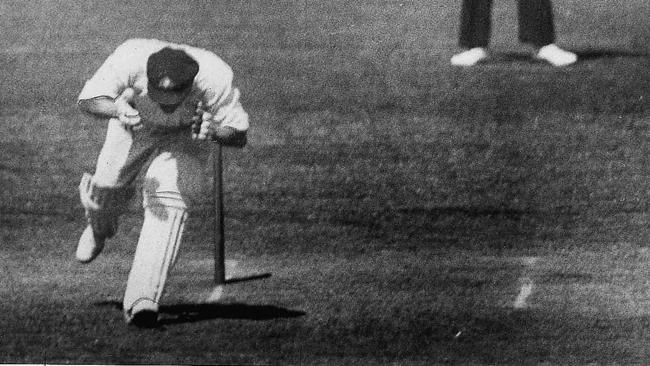
Today in History
Don't miss out on the headlines from Today in History. Followed categories will be added to My News.
THE outrage was instant when Australia’s star wicketkeeper Bert Oldfield slumped forward 85 years ago, hands going to his head, on the third day of the Third Test at Adelaide Oval.
“Oldfield hit Larwood for four, and the bowler promptly reverted to the ‘leg’ theory,” a commentator noted. “Oldfield then received a crack in the head.”
Furious boos and hooting jeered the English team as police reinforcements were rushed to control crowds at the ground and nearby railway stations.
“One of the wildest scenes at any sports gathering in recent years’ took place at Adelaide Oval,” sports writers reported. “Oldfield was struck on the head by a ball from Larwood.” Oldfield, then on 41, staggered a few yards and fell to the ground in a semiconscious condition. English players “immediately helped him to the stand”.
Although Oldfield did not blame his publicly reviled opponent Harold Larwood’s leg-theory “bodyline” technique, the crowd of some 25,000 certainly did.
“As Larwood ran up to deliver each ball, the crowd hooted and counted him out, but the fast bowler did not seem perturbed and continued his leg bowling,” commentators explained.
Initially considered concussed, with swelling over his right temple and eye, Oldfield was later diagnosed with a fractured skull, sustained as he tried to hook a ball from Larwood after lunch on January 16, 1933.
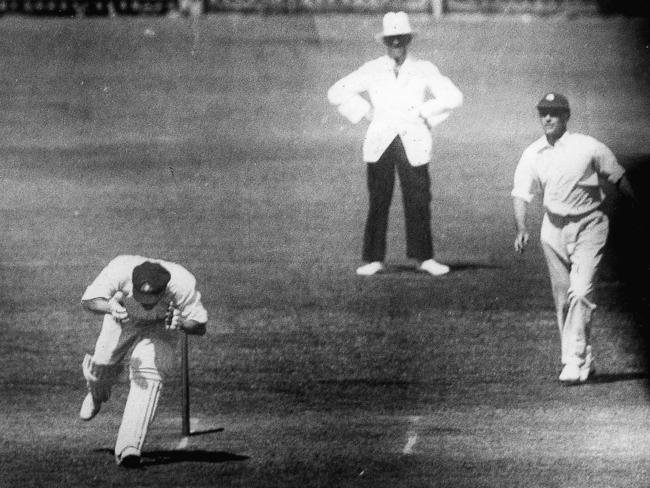
Fearing Oldfield was dead, when Larwood rushed down the pitch to apologise, the crowd did not hear Oldfield tell him it wasn’t his fault. Fearing the crowd’s outburst, Larwood told teammate Les Ames, “If they come, you can take the leg stump for protection — I’ll take the middle.”
The injury to popular Oldfield, a record-holding wicketkeeper and WWI veteran, was the low point in the ugly 1932-33 Test, marred by bowling tactics adopted by English captain Douglas Jardine.
Adopted to curtail Don Bradman’s batting average of 139.14 during the 1930 tour of England, the tactic was supported by Nottingham Cricket Club captain Arthur Carr, but split the English team when Ifthikar Ali Khan, the Nawab of Pataudi, was dropped from the tour because of his opposition.
The technique bowled fast, high-bouncing deliveries on the line of the leg stump, where a batsman usually stood. Batsmen could move but risk exposing their wicket, play the ball and risk giving a catch to close fielders, or try to duck and risk painful blows. Most deliveries on the Australian tour came from fast bowlers Larwood, renowned for his accuracy at up to 160km/h, and Bill Voce.
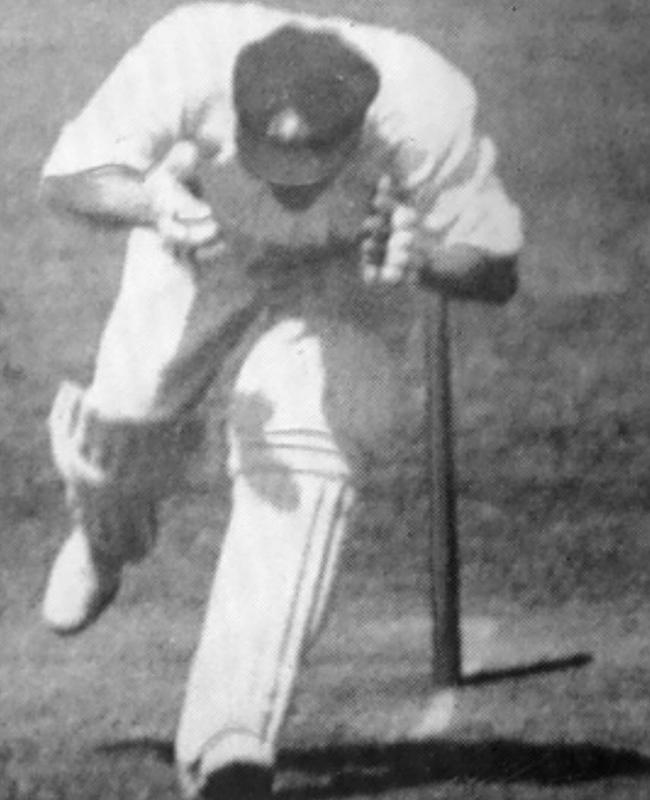
Two days earlier, on January 14, 1932, a Saturday crowd of more than 50,000 witnessed Australian captain Bill Woodfull crumble when one of Larwood’s short deliveries struck him beneath the heart. As the crowd jeered, Jardine loudly called out to Larwood, “Well bowled, Harold”.
When Woodfull resumed batting, Jardine placed a bodyline field, infuriating the Australian crowd. With Bradman and teammate Stan McCabe soon out, Bill Ponsford donned extra padding to endure repeated body blows, reaching 85 runs in 3½ hours at the crease. He turned to take rising balls on his body, especially his left shoulder blade and backside, rather than risk a catch to leg-side fielders. Back in the dressing room after his dismissal, his teammates were amazed by the mass of bruises across his back and shoulders.
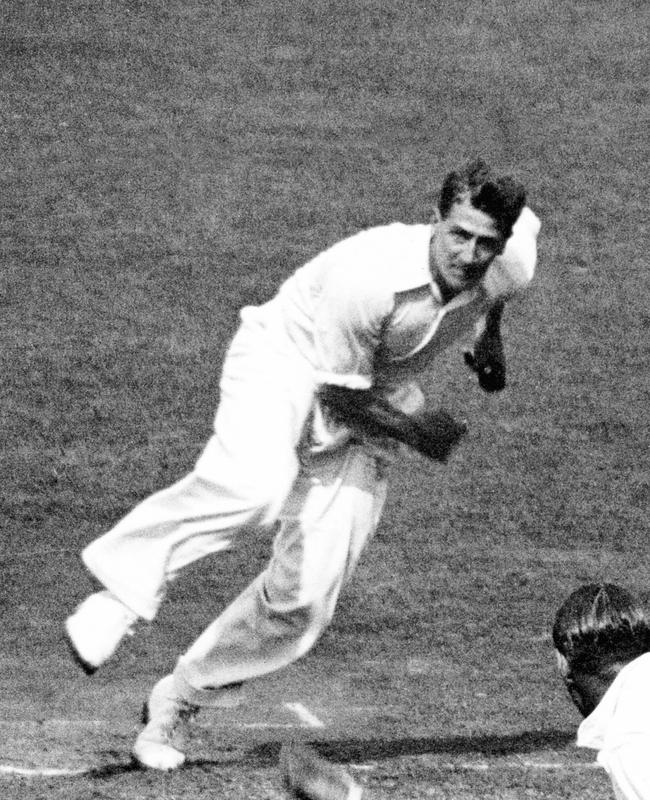
The tactic almost became a diplomatic incident after England team managers Pelham Warner and Richard Palairet went to the Australian dressing-room to apologise to Woodfull.
“There are two teams out there,” Woodfull told them. “One is trying to play cricket and the other is not. The game is too good to be spoiled. It is time some people got out of it.”
Woodfull’s comment was leaked to journalists and the Australian Cricket Board sent a telegram to Marylebone Cricket Club officials back at Lord’s in London, complaining that bodyline bowling had “menaced” the best interests of the game. “In our opinion it is unsportsmanlike,” the Australians wrote on January 18.
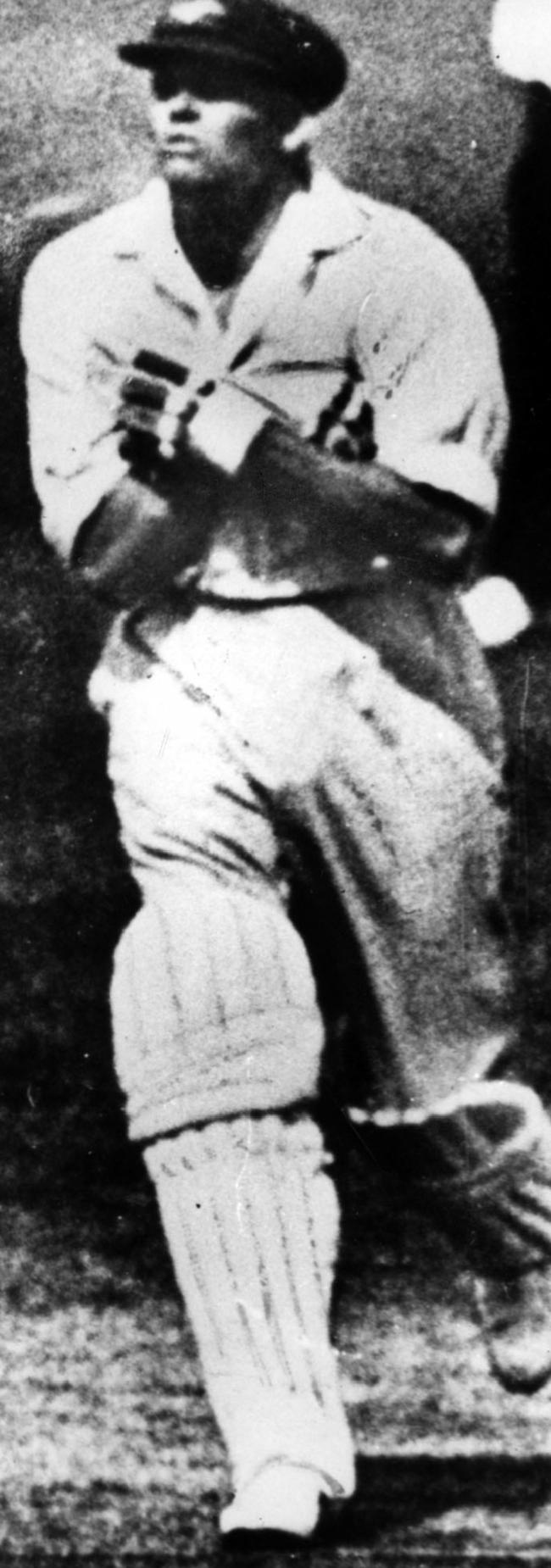
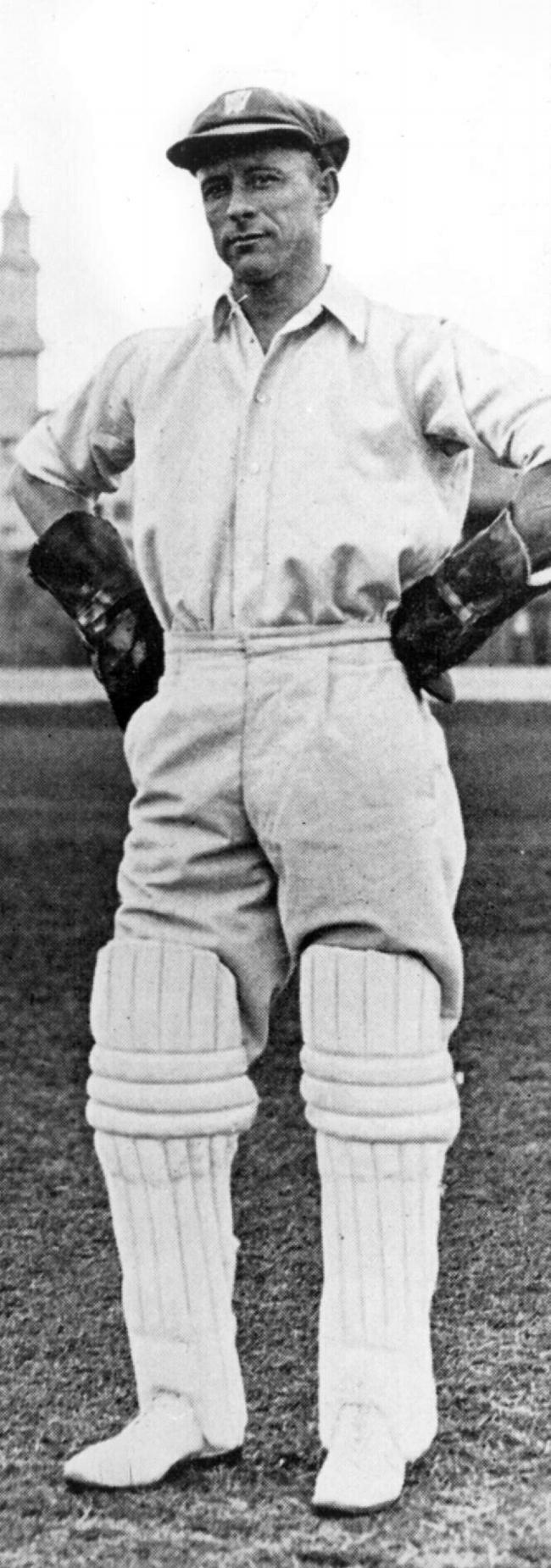
Jardine then threatened to withdraw his team from the remaining two matches unless Australia retracted the allegation. Australian prime minister Joseph Lyons ended the standoff, warning the Australian cricket board that a British boycott of Australian goods could cripple the country.
The tactic secured a 4-1 series win for England, and cut Bradman’s batting average to 56, but was later banned under rules limiting the number of bouncers delivered in each over.
Left with an injured shoulder through overuse, the series ended Larwood’s career. When Australians threatened not to tour England in 1935, the MCC told Larwood to apologise. He refused and in 1950 migrated to Australia, where Oldfield became a good mate.
Originally published as Bert Oldfield’s collapse infuriated cricket fans as angry crowds decided it ‘just wasn’t cricket’


